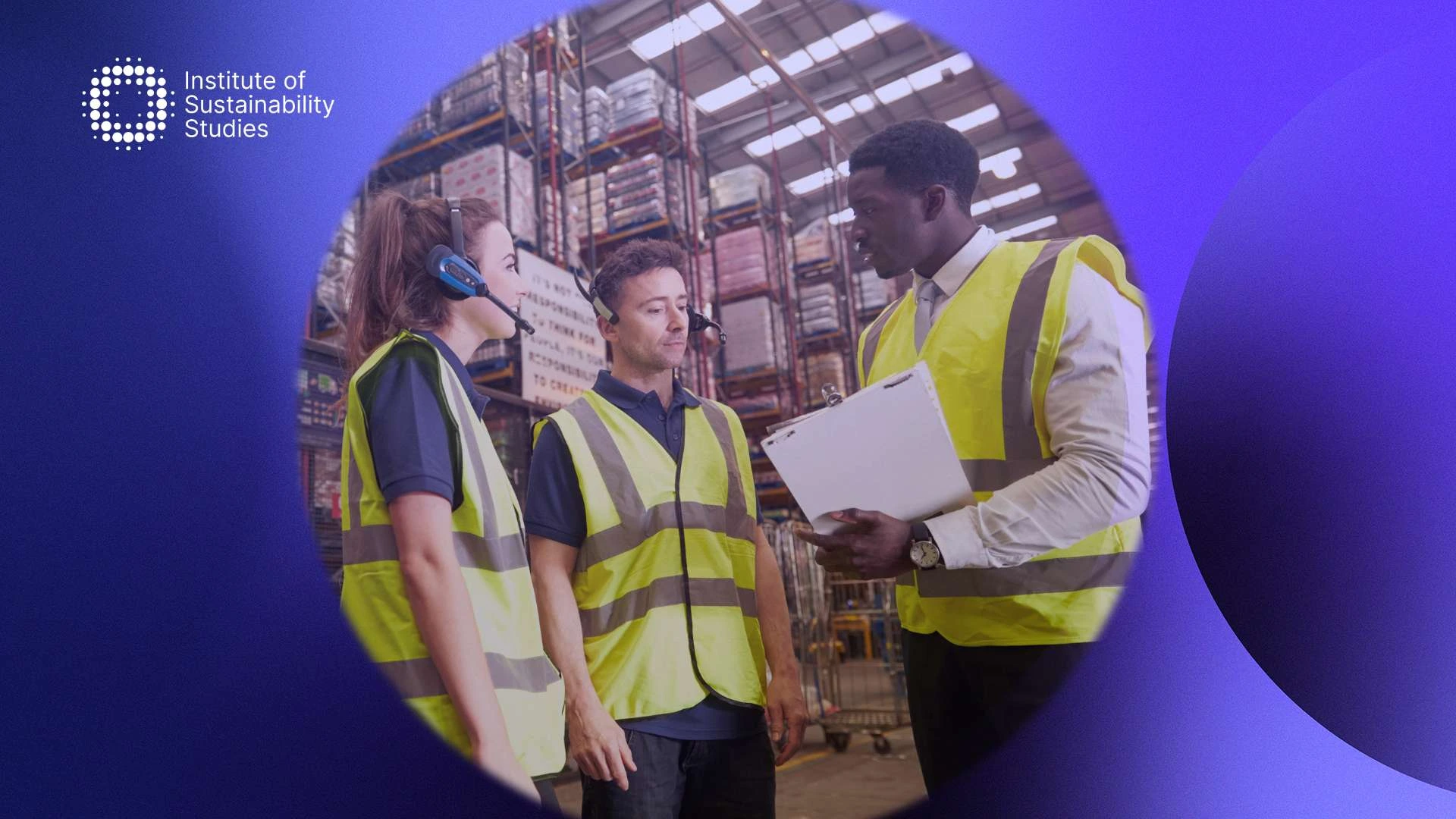Developed by German chemist Michael Braungart and American architect Bill McDonough, the cradle-to-cradle design philosophy focuses on design for effectiveness in terms of producing products with positive impact. Unlike traditional linear models that culminate waste, this model seeks to create products whose materials can be continuously repurposed or recycled.
This method not only reduces environmental impact but retains valuable resources within the economic system. By understanding and implementing this sustainability strategy, businesses can significantly enhance their sustainability efforts. Keep reading as we delve further into the design principles of this approach below.
What is the cradle to cradle approach?
This circular approach refers to when a product is created in a manner where its components and materials can be recycled or repurposed indefinitely. This makes products ‘circular’ and minimises their impacts on the environment.
This approach is one of the many life cycle models that guide the methodology and scope of Life Cycle Assessments (LCA), the scientific method to measure all environmental impacts of a product.
Under this approach, old products are not discarded, but instead, the materials and components are saved to be repurposed or recycled. This keeps materials in the economic loop and reduces energy throughout production.
Cradle-to-cradle vs cradle-to-grave
Within the Life Cycle Assessment (LCA), three main product life cycle models can be implemented. These include cradle-to-gate, cradle-to-cradle, and cradle-to-grave. The gate model only assesses a product’s footprint until the point where it leaves the factory gates to be transported to the consumer (stages 1 and 2).
The main difference between cradle-to-cradle vs cradle-to-grave is that cradle-to-grave shows a full footprint from start to finish. By contrast, the cradle model exchanges the waste stage with an upcycling or recycling process. Therefore, this approach closes the loop.
Cradle to grave is the standard life cycle model within our current linear economy. The cradle model is a variation of this, but it introduces an opportunity at the end to make another product and conserve resources.
Challenges with this circular approach
While this approach presents an opportunity to drive circularity, it still faces numerous challenges.
Design complexity
Creating products that can be easily recycled or disassembled requires innovative and sometimes complex design solutions. This complexity can potentially increase production costs and development times.
Material selection
Identifying and sourcing materials that are both high-performing and recyclable can be difficult. Many existing materials need to meet the criteria for safe and effective reuse.
Cost implications
The initial investment required for these design and manufacturing processes can be significant. Companies may face higher costs compared to traditional production methods, which can deter adoption.
Supply chain coordination
Implementing these principles requires close coordination across the entire supply chain, from material suppliers to manufacturers to recyclers. Ensuring all parties adhere to these principles can be challenging.
Technological limitations
Current recycling and reprocessing technologies may not be advanced enough to handle the complexity of these products, particularly those made from composite materials or containing intricate parts.
Measurement and certification
Developing reliable methods to measure and certify the performance of these products is essential but can be difficult. Accurate certification requires a thorough assessment of materials, production processes, and end-of-life scenarios.
Cultural shift
This approach requires a fundamental shift in how companies view product design, production, and waste. Encouraging this cultural shift within organisations and industries is a significant challenge.
Summary
Although this approach offers a promising pathway towards a more sustainable future, it also presents several challenges that need to be addressed. From complex design requirements to the necessity for advanced recycling technologies, the transition to this model demands considerable innovation and investment.
Nevertheless, overcoming these obstacles can lead to substantial long-term benefits, including reduced waste, lower environmental impact, and enhanced resource efficiency. With this in mind, embracing these principles is a step towards ecological responsibility but also future-proofing businesses.










